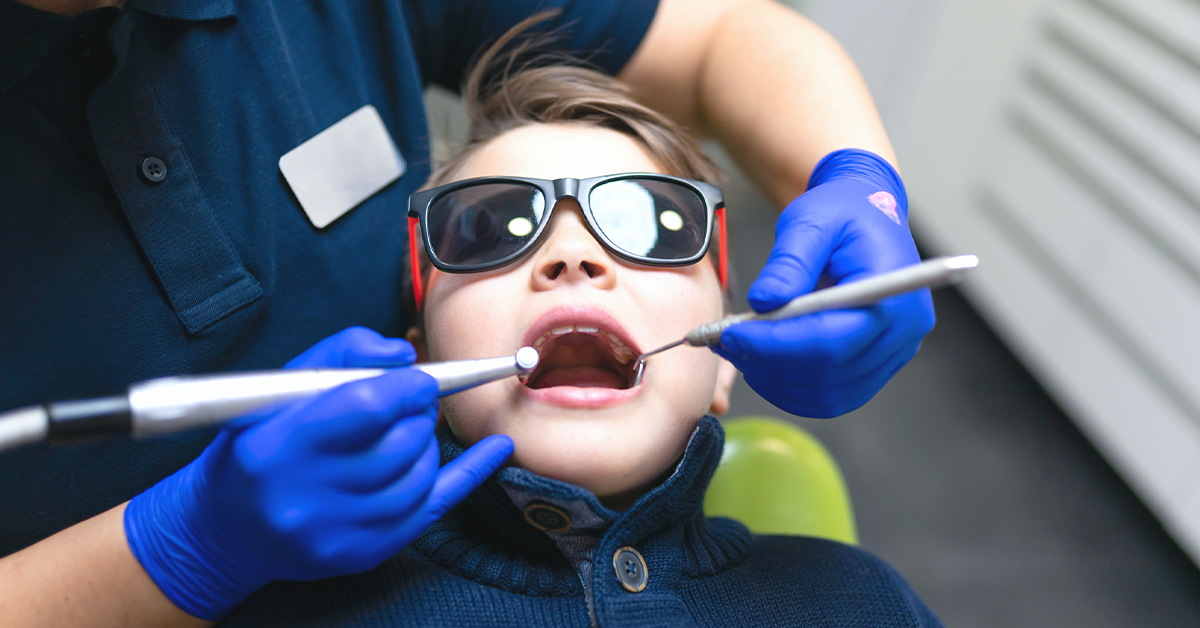The fundamentals of brushing and flossing are nothing new. So when educating children – and adults – about the importance of good oral hygiene, the challenge is to find a new way of providing familiar information. For small children who are not old enough to understand the “whys,” pointing parents and guardians to resources that can help make the process fun can help. The website 2min2x.org, supported by the Partnership for Healthy Mouths, Healthy Lives, has videos, tips, an app, and links to other information that can be a start in promoting home care.
However, it may be a mistake to assume that adults understand the “why” themselves. One study found that parents were better at taking care of their child’s medical needs than their dental ones, suggesting a lack of understanding of the connection between oral and systemic disease. Adding this information to conversations about oral hygiene – especially for patients who have medical conditions that predispose them to periodontal disease – may help refresh the education process.
For older children, lack of motivation and perceived benefits have been identified as obstacles to good oral hygiene practices. Encouraging these patients to form good habits also might include some discussion of the possible health effects of periodontal disease, as well as cosmetic ones (such as bad breath) and what treatment will entail if needed. Using props to demonstrate good brushing – manual or electric – and flossing techniques also can help remind patients of any age how to effectively remove plaque without damaging gum tissue or enamel. Listed below are some common causes and types of pediatric periodontal disease.
Determinants of periodontal health
- Pathogenic microorganisms in supragingival plaque and subgingival biofilm
- Physical characteristics, such as:
- Restorations
- Root anatomy
- Tooth position
- Patient health, such as:
- Immune function
- Systemic health
- Genetic factors
- Environmental factors, such as:
- Smoking
- Medications
- Stress
- Nutrition
Predisposing health conditions
- Insulin-dependent diabetes
- HIV/AIDS
- Leukemia
- Neutropenia
- Down syndrome
- Ehlers-Danlos syndrome (type VIII)
Everyday causes of periodontal disease
- Poor oral hygiene (e.g., food stuck in gums)
- Mouth breathing
- Tobacco use (including smokeless tobacco)
- Hormonal changes
- Bruxism
- Poor diet
Common forms of gingivitis in children and adolescents
- Eruption gingivitis
- Pubertal gingivitis
- Gingivitis associated with mouth breathing
- Drug-induced gingival overgrowth
- Gingivitis associated with malnutrition
- Acute necrotizing ulcerative gingivitis
- Primary herpetic gingivostomatitis
Fast facts for dental patients
- Gingivitis
- Gums are red, swollen, tender
- Gums bleed easily during brushing and/or flossing
- May be acute (painful, sudden onset, limited duration), recurrent, or chronic
- Chronic gingivitis is painless
- Periodontitis
- Gums are red and bleed easily
- Gums recede
- Can cause bad taste in mouth
- Teeth may loosen or need to be extracted
Sources:
Al-Ghutaimel H, Riba H, Al-Kahtani S, Saad Al-Duhaimi S. Common periodontal diseases of children and adolescents. Int J Dent. 2014;2014:850674.
American Academy of Pediatric Dentistry. Classification of periodontal diseases in infants, children, adolescents, and individuals with special health care needs. In: The Reference Manual of Pediatric Dentistry. Chicago, IL: American Academy of Pediatric Dentistry; 2020:418-432.
Children’s Hospital of Philadelphia. Periodontal disease.
– – –
A version of this article originally appeared in the February edition of OnTarget. Read the latest edition and view current promotions at pattersondental.com/dental/ontarget.



